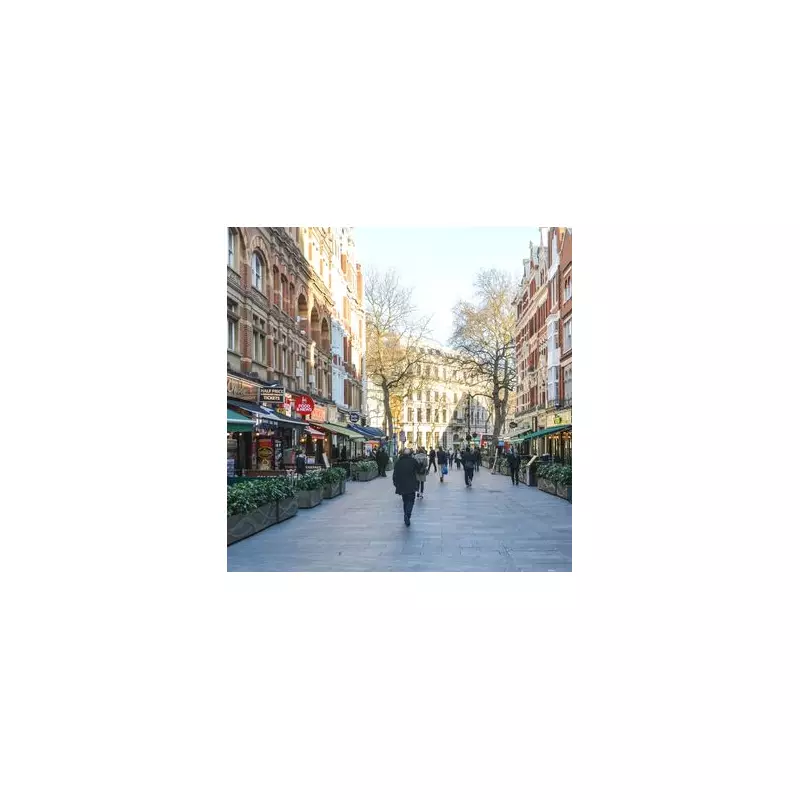
In a move that has surprised retail watchers, American fashion giant Gap has staged a triumphant return to the British high street. The brand, which closed all of its 81 UK and Ireland stores back in 2021, has now opened a major new flagship location in the heart of London's Covent Garden.
A Strategic Comeback After Four Years
The new two-storey flagship store, which welcomed its first customers in early November, marks the first standalone Gap outlet in the UK since its mass departure four years ago. The closure in 2021 was attributed to dwindling footfall and a significant shift in consumer shopping habits towards online retail. During its absence from physical retail, Gap maintained a presence in the UK through a strategic partnership with Next plc, which managed its e-commerce and distribution operations.
More Than Just a Shop: A Community Space
The Covent Garden store is not merely a revival of the old format. It boasts a sleek, minimal design that puts the focus squarely on Gap's core offerings: its signature denim, essential basics, and contemporary collections. In a clever nod to London's vibrant culture, the store features a unique vinyl corner curated by the renowned Honest Jon's record shop. This integration of fashion and music is designed to create a more engaging, community-focused experience for shoppers, moving beyond traditional retail.
Expansion Plans Already Underway
The brand's revival plan extends far beyond this single location. Gap has confirmed that two additional stores will open in London before the end of the year. A new branch at Westfield White City is scheduled to launch on 4 December, followed by an outlet store at Wembley Park's London Designer Outlet on 18 December.
These new locations are intended to work in synergy with Gap's online operations. Both will offer click-and-collect services and facilitate online returns, effectively bridging the gap between the digital and physical shopping experience. This omnichannel approach is seen as crucial for modern retail success, providing customers with the flexibility they now expect.
The return of such a prominent high street name signals a potential shift in the retail landscape, suggesting that a well-executed physical presence still holds significant value alongside a robust online strategy.





